Spending a staycation around the Yu Garden area became a great way to enjoy an overlooked part of Old Shanghai, before it disappears. Bordering the Renmin Lu (former Boulevard des deux Républiques), the building hosting the hotel occupied a complete block, with a great view in all directions.
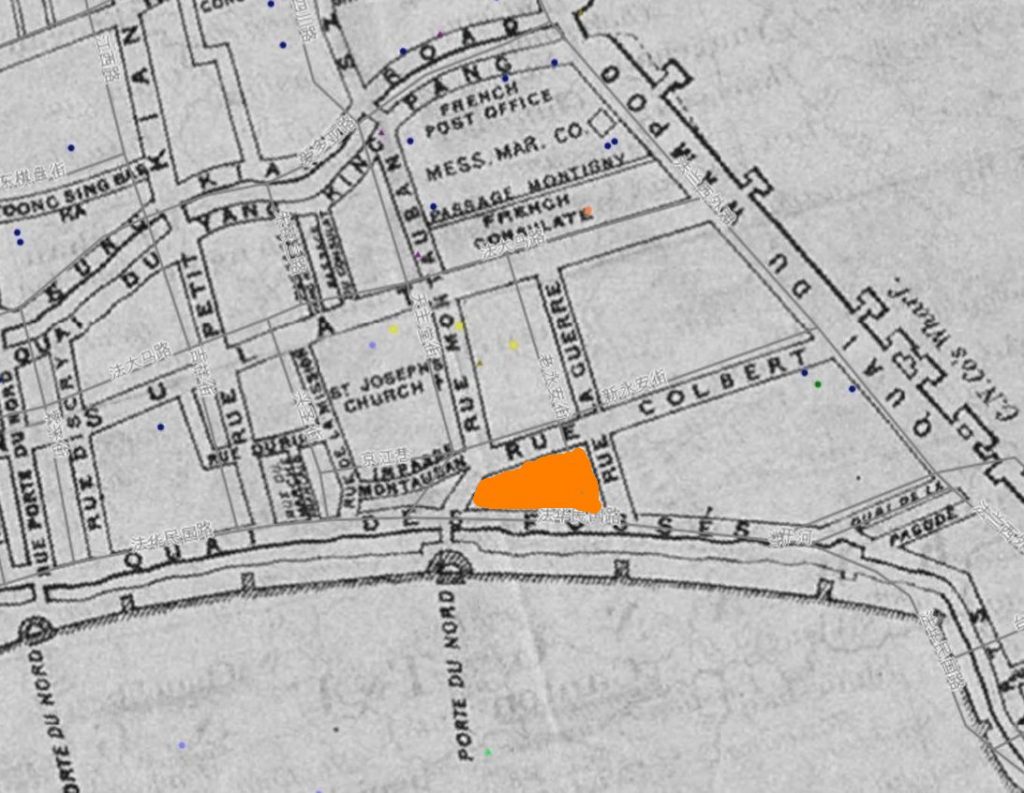
Above map shows the location of the block, at the cross Renmin Lu, Xinyong’an Lu and Yong An lu. Although the hotel is mostly known for its proximity to Yu Garden, it’s view on the former French concession that really interested me.
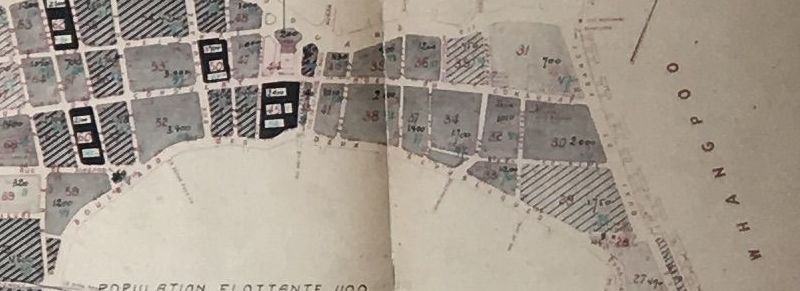
Renmin lu was originally a canal, like many streets in Shanghai including today’s Yanan Lu (see post “Crossing the Yang Jing Bang” for more details). As the South border of the French Concession, it was called “Quai des fossés”, meaning “pit quay” in English), and was facing the North part of the Shanghai city wall. The city wall was teared down in 1912, the canal was filled and turned into a street called “Boulevard des deux Républiques”, meaning two republics Boulevard, i.e. the French Republic and the newly formed Chinese Republic. The Chinese name was and still ease “Renmin Lu”, republic street. Along with Zhong Hua lu, litteraly China street, making a circle following the former city wall, they form “Zhong Hua Ren Min”, meaning “The people of China”.
Xinyong’an Lu, was one of the early roads of the early French Concession, called “Rue Colbert”. One block down from the main road Rue du Consulat (today Jinling Road), it was the original seat of the Shanghai General hospital. Xinyong Lu was called “Rue Laguerre”, after French Commodore Adolphe Laguerre, who helped liberate Shanghai city from the Small Swords Society in 1855.
The whole area was covered with lanes, or Lilong housing many people and shops. In 1937, the block where the hotel is now located had 1200 inhabitants, with 33 Europeans and 70 shops. Shaped as a triangle, it could offer a very long line of shops. The building was on the border between the Chinese city and the back street of the French Bund. Located close to the Northern gate of the Chinese city, it must have been a great location for shops.
The opposite block was much larger, housed 2000 people including 49 Europeans and only 30 shops. Those Europeans were mostly living in the Saint-Anne building, a long 6 storey building on the side of Rue du Consulat, that was the highest building on this part of the French Concession.
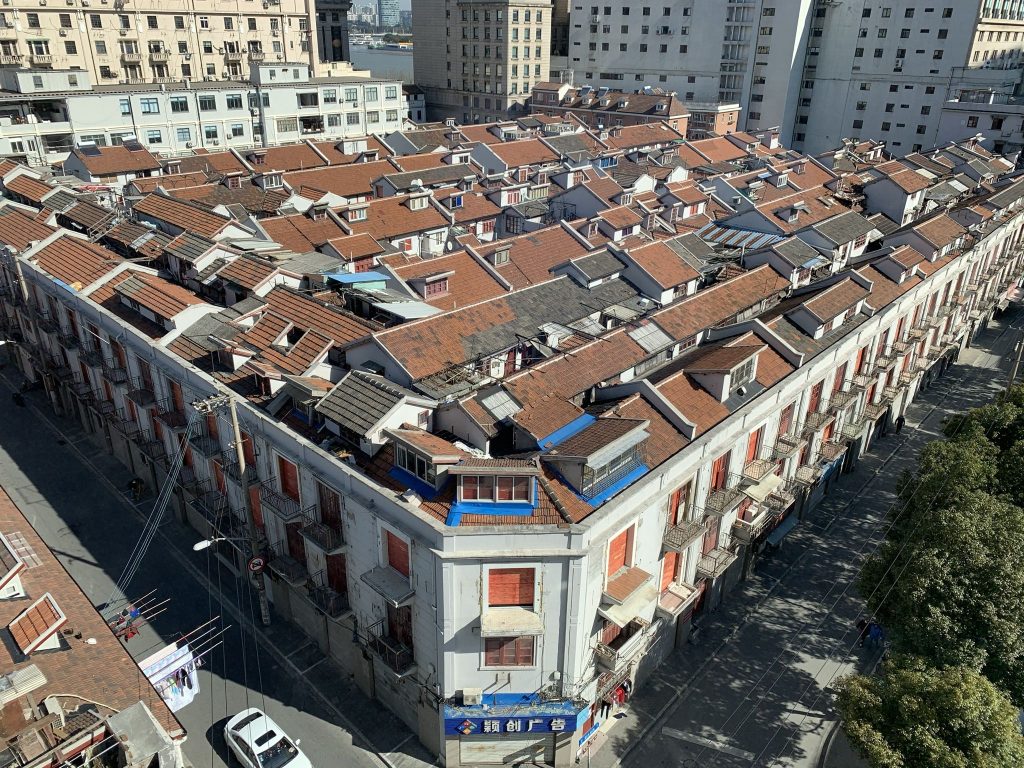
It was great to give a last look to this area that is now scheduled for redevelopment, as the opposite corner has already been emptied of its inhabitants and will surely massively change in the coming years. The other side of Route Colbert must have been built with similar kind of housing. A few year ago, this stretch of the street was a great spot for being ribbons, knots, fabrics and was needed for sewing.
Above picture shows the half way between de rue Laguerre corner and the river. The first building is the back of the Butterfield & Swire godown (warehouse). Being close to the French Bund, or Quai de France, and with a major trading company this part of the street must have been busy with warehouses and coolies. This is very different nowadays as the river front is not used for unloading cargo anymore. Route Colbert nowadays is a much quieter street.
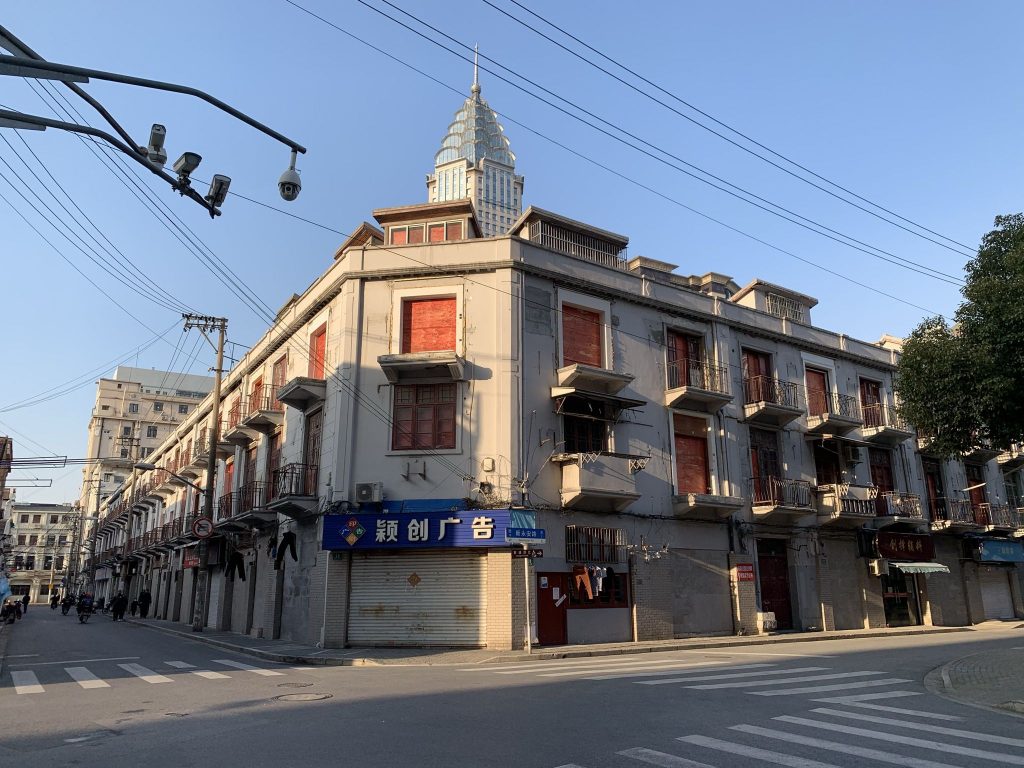

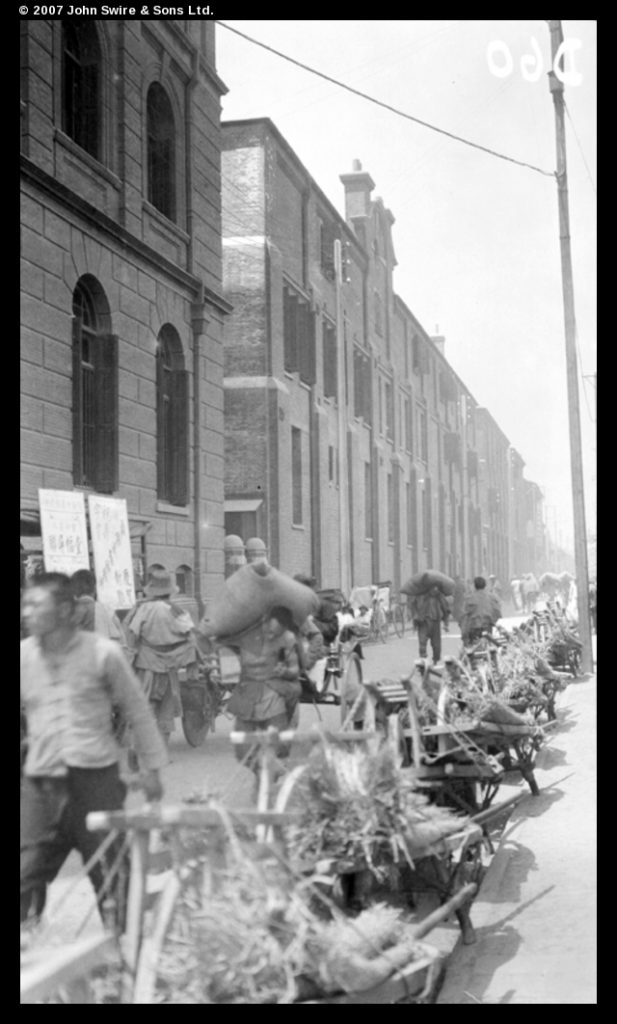
4 thoughts on “Staying on Rue Colbert”